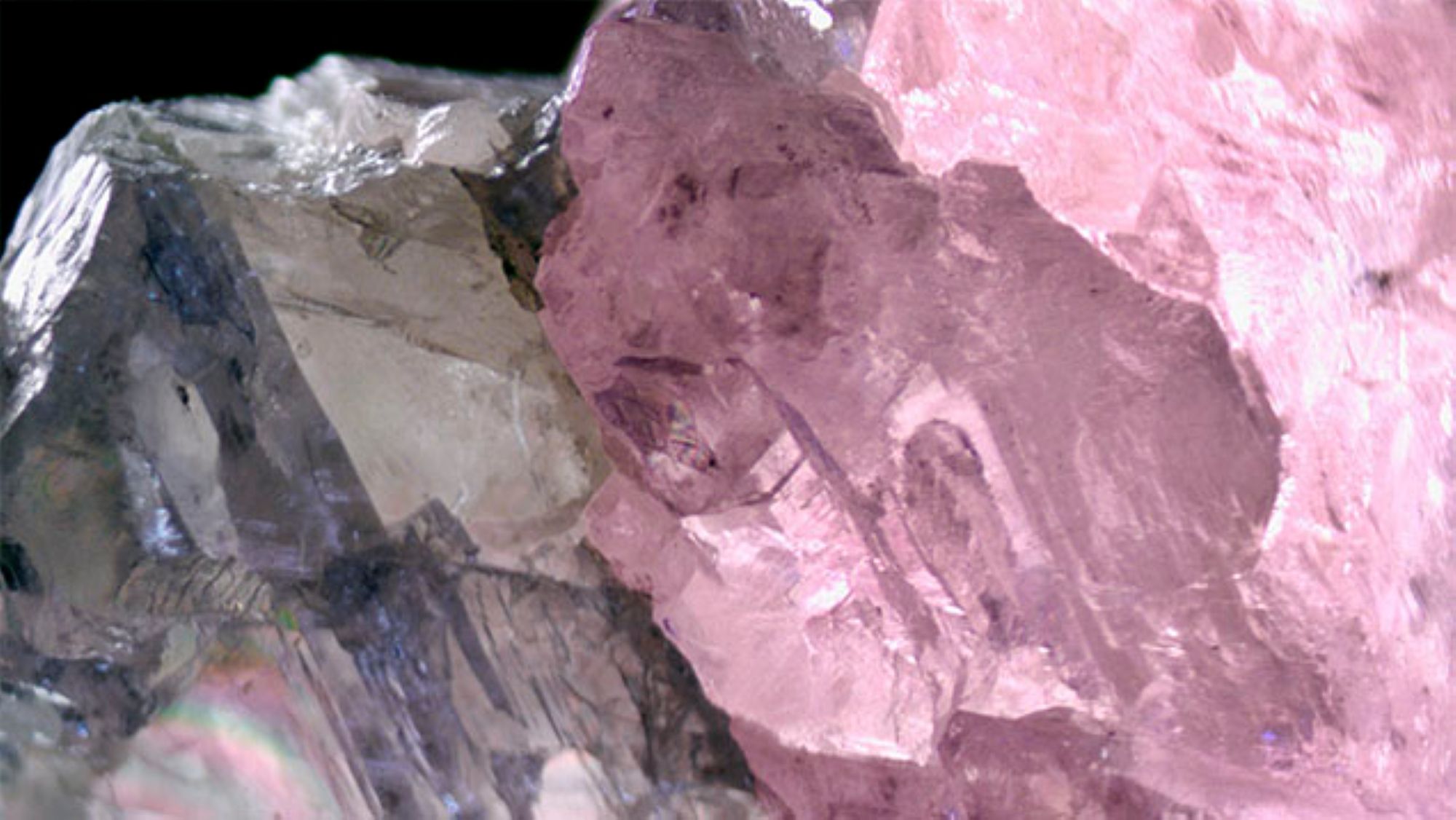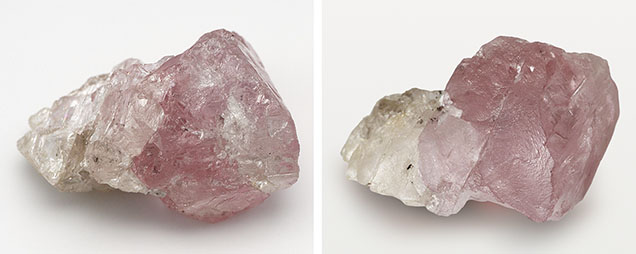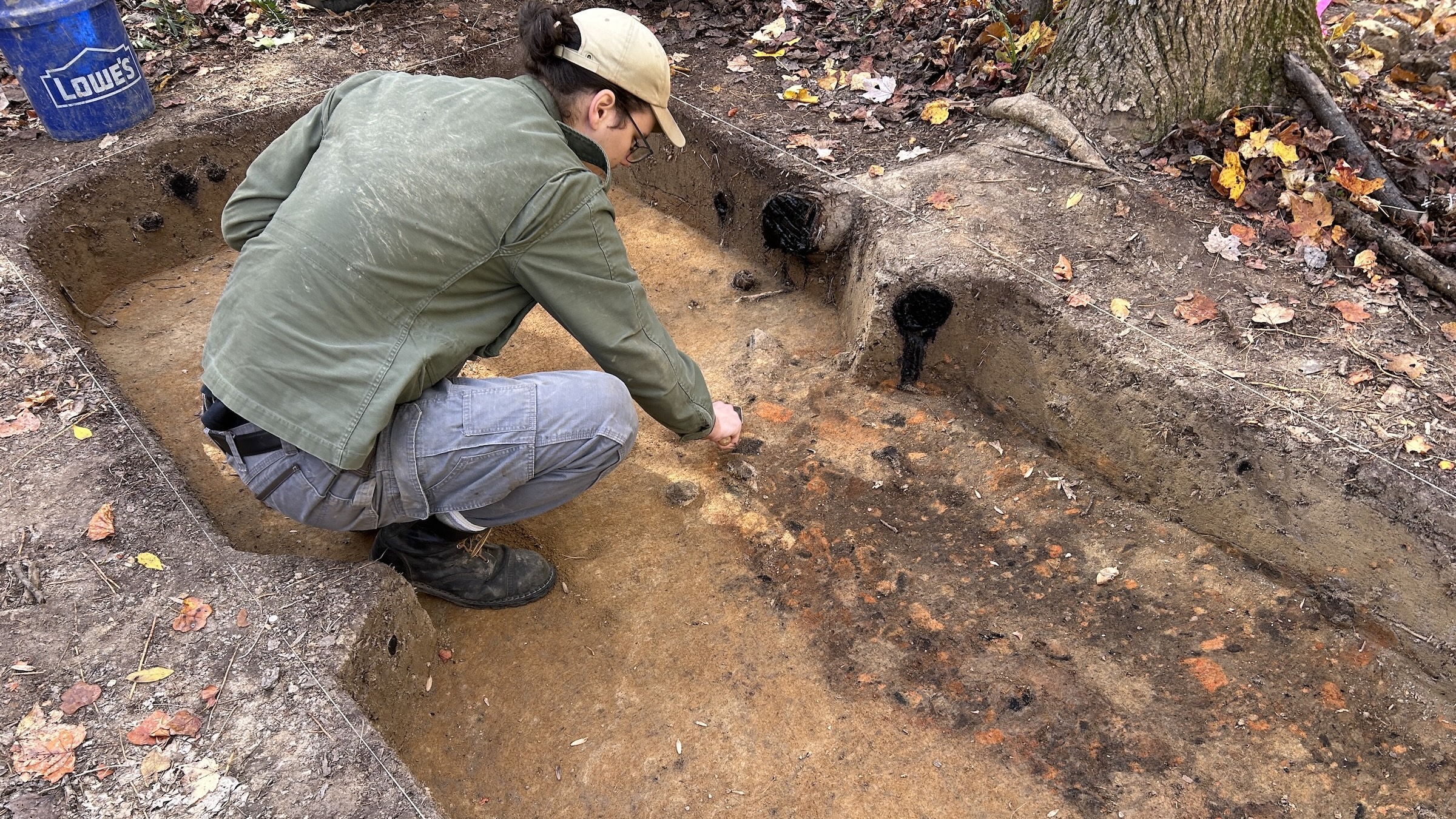Rare half-pink rough diamond with 'astounding' weight of 37.4 carats discovered in Botswana
Experts at a laboratory in Botswana managed by the Gemological Institute of America recently examined an extraordinary natural diamond with two distinct color zones.

Miners have unearthed a rare, two-colored natural diamond in Botswana — and experts say it likely formed in two stages.
The diamond is half pink, half colorless. It measures about 1 by 0.63 by 0.57 inches (24.3 by 16 by 14.5 millimeters) and weighs an "astounding" 37.41 carats (0.25 ounces, or 7.5 grams), according to the Gemological Institute of America (GIA), a nonprofit research center based in Carlsbad, California.
The pink half probably formed first, but from what scientists know about colorful diamonds, there's a good chance that it wasn't always this rosy, Sally Eaton-Magaña, senior manager of diamond identification at GIA, said in a statement emailed to Live Science. "The pink section likely was initially colorless and then plastically deformed, perhaps by a mountain-forming event millions of years ago, resulting in its pink color, with the colorless section forming at a later time," she said.
Pink diamonds are incredibly rare, and it's still unclear exactly how they form. Diamonds originate more than 100 miles (160 kilometers) beneath Earth's surface, inside a planetary layer called the mantle. Extremely high temperatures and pressure bind carbon atoms together into a tight lattice, and this structure can rise quickly to the surface through volcanism, giving us rough diamonds.
Diamonds can acquire color through impurities that get locked inside the lattice, but this is very rare because few elements are small enough to penetrate the mineral structure. Another way diamonds can become tinted — usually green — is through radiation, if nearby rocks contain elements such as uranium that can "steal" carbon atoms and create vacancies in the mineral structure.
But pink diamonds are the product of structural deformity, meaning their lattice structure has been bent or compressed through geological processes. Temperature and pressure conditions have to be just right for diamonds to turn pink, because too much deformation turns the gems brown.
"It's kind of like Goldilocks," Luc Doucet, a senior research geologist at Curtin University in Australia, previously told Live Science. "There are a lot of brown diamonds, and very, very few pink diamonds."
Get the world’s most fascinating discoveries delivered straight to your inbox.

For a diamond to have two distinct color zones, it must have formed in two phases, according to GIA. First, the pink half assembled and deformed; then, the colorless half sprouted, and its lattice remained unaffected by temperature and pressure.
The new diamond is not the first pink-and-colorless natural diamond ever discovered. However, GIA experts said similar diamonds they have examined were much smaller, weighing no more than 2 carats (0.014 ounces, or 0.4 g).
The new find is from Botswana's Karowe mine, which has previously yielded other spectacular diamonds. For example, it's where the second-largest rough diamond ever recovered — a giant, 2,488-carat (1.1 pounds, or 0.5 kilograms) gem dubbed the "Motswedi" diamond — and the 62-carat (0.44 ounces, or 12.4 g) "Boitumelo" pink diamond were discovered, GIA said.

Sascha is a U.K.-based staff writer at Live Science. She holds a bachelor’s degree in biology from the University of Southampton in England and a master’s degree in science communication from Imperial College London. Her work has appeared in The Guardian and the health website Zoe. Besides writing, she enjoys playing tennis, bread-making and browsing second-hand shops for hidden gems.
You must confirm your public display name before commenting
Please logout and then login again, you will then be prompted to enter your display name.


